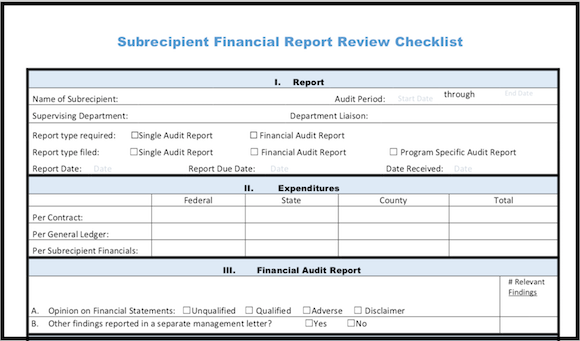|
The pollution remediation costs your government must report in its annual financial statements may dramatically increase as a result of the Governmental Accounting Standards Board Statement No. 49, “Accounting and Financial Reporting for Pollution Remediation Obligations” (GASB 49). This four part series will cover the requirements, potential liabilities and suggested operations that will help you implement these changes.
In part 1 below, we will discuss the overall controls and GASB 49 requirements.
Pollution liabilities will likely be larger under GASB 49 than under current accounting standards (Statement of Financial Accounting Standards No. 5, “Accounting for Contingencies” [FAS 5]) because:
GASB 49 Requirements
GASB 49 specifies accounting and financial reporting for pollution remediation obligations, and it is effective for financial statements with periods beginning after December 15, 2007. Pollution remediation obligations are a government’s expected costs (direct outlays for payroll and benefits, equipment, facilities, materials, legal, and other professional services) to mitigate existing pollution by performing pollution remediation activities.
These remediation activities include pre-cleanup activities (site assessment, site investigation, corrective measures feasibility study, and design of remediation plan); cleanup activities (neutralization, containment, removal and disposal of pollutants, and site restoration); external government oversight and enforcement-related activities (work performed by an environmental regulatory agency dealing with the site and chargeable to the government); and operation and maintenance of the remedy (required post-remediation monitoring). When any one of five obligating events occurs, a government is required to estimate the components of expected pollution remediation outlays. An obligating event has occurred if the government:
After an obligating event occurs, pollution remediation outlays should be accrued as a liability and expense—or capitalized in limited circumstances—when a range of expected outlays can be reasonably estimated. If a government cannot estimate the range of all components of the liability, it should recognize the liability as the range of each component (site investigation, feasibility study, removal of waste, installation of treatment equipment, required post-remediation monitoring, legal services) as it becomes reasonably estimable. The liability must be recorded at the current value of the costs the government expects to incur in order to perform the remediation activities using the expected cashflow technique, which measures the liability as the sum of probability-weighted amounts in a range of possible estimated amounts (the estimated mean or average). Governments should consider these recognition benchmarks (steps in the remediation process) in determining when components of pollution remediation liabilities are likely to become reasonably estimable. Recognition benchmarks include:
It is expected that the pollution remediation liability related to many sites may be relatively limited at initial recognition owing to lack of information to estimate the liability’s components and that the liability will increase over time as more information becomes available. The next post, part 2 of this series will help you determine whether your government has potential liability. For help implementing any of the controls discussed in this series, please reach out to me directly via email: kharper@kevinharpercpa.com For continued tips on how to successfully deal with these controls and more, subscribe here to our newsletter (we will never spam you – promise!).
Comments
|
The Government Finance and Accounting BlogYour source for government finance insights, resources, and tools.
SEARCH BLOG:
Meet the AuthorKevin W. Harper is a certified public accountant in California. He has decades of audit and consulting experience, entirely in service to local governments. He is committed to helping government entities improve their internal operations and controls. List of free Tools & Resources
Click here to see our full list of resources (templates, checklists, Excel tools & more) – free for your agency to use. Blog Categories
All
Need a Consultation?Stay in Touch! |
Search Across Entire Site:
HELPFUL LINKS:
|
461 2nd Street, #302
San Francisco, CA 94107 (510) 593-5037 KHarper@kevinharpercpa.com |



 RSS Feed
RSS Feed